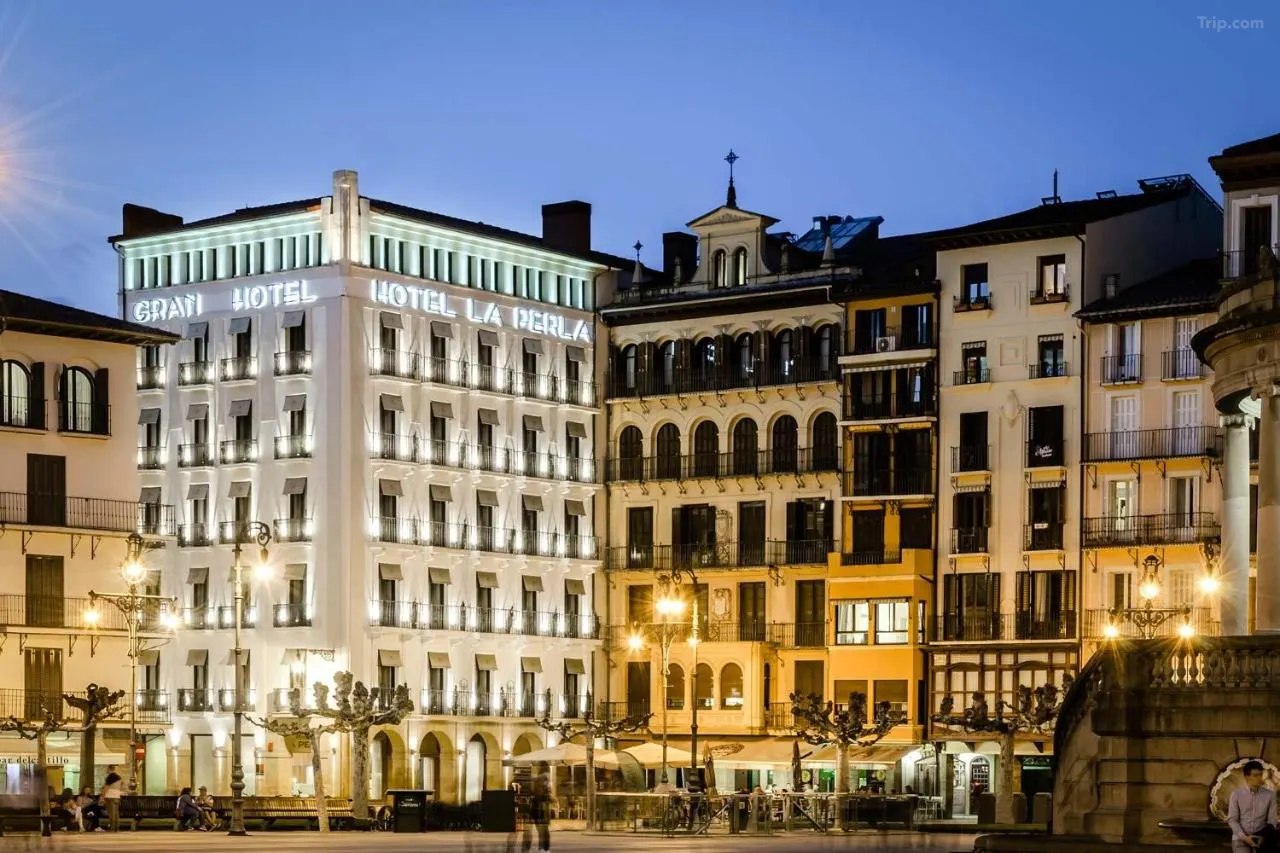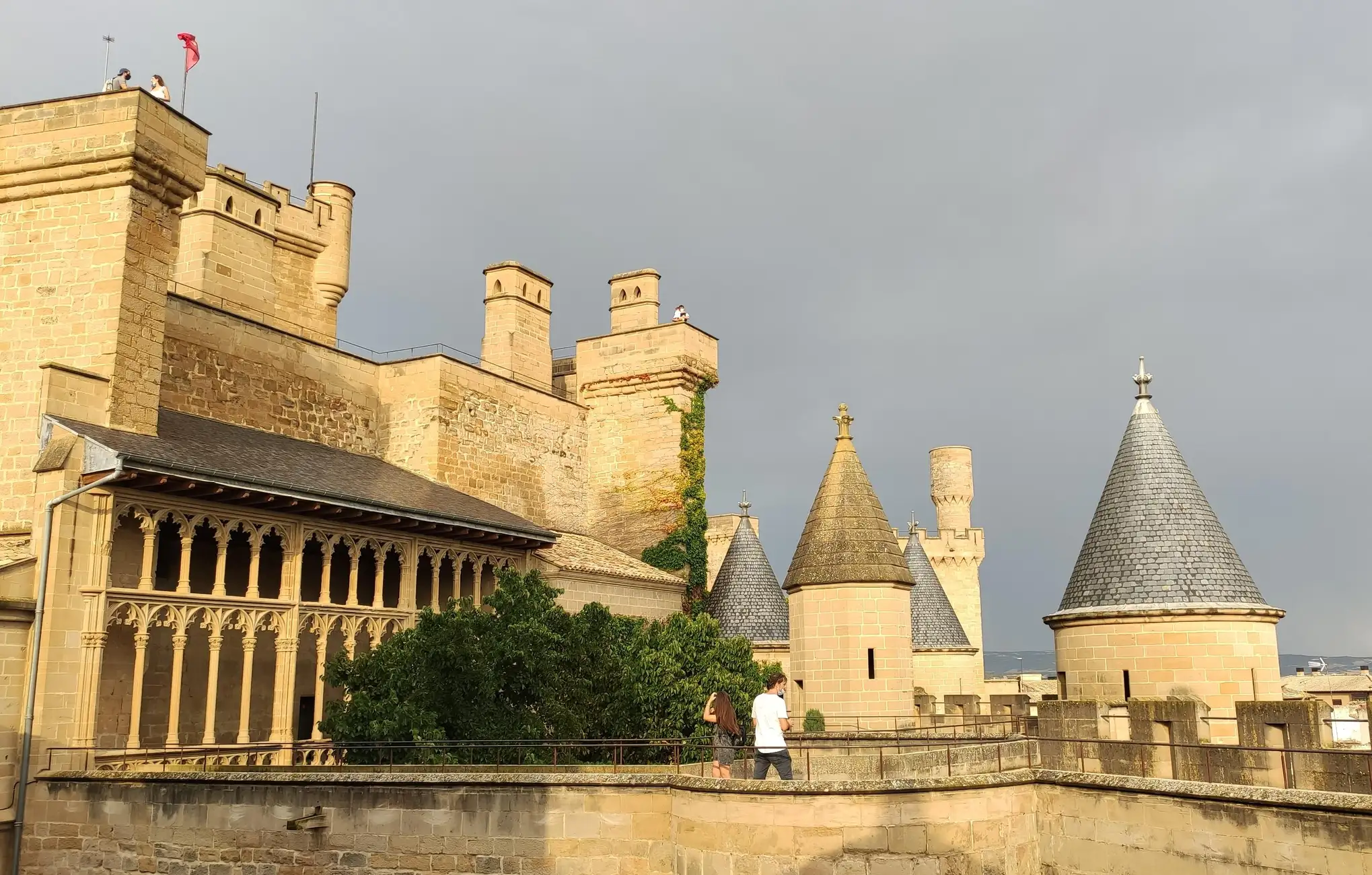The Casco Viejo, or Old Town, of Pamplona is the historical and cultural heart of the Navarrese capital. It is characterized by its narrow, winding streets, traditional houses with balconies, and lively atmosphere that reflects centuries of history and local identity.
It occupies the site of the ancient Roman settlement of Pompaelo, founded in the 1st century BCE. During the Middle Ages, the town expanded and was divided into three independent boroughs — Navarrería, San Cernin, and San Nicolás — each with its own walls, institutions, and even occasional rivalries. These divisions reflected the city’s complex social and political fabric.
In 1423, King Charles III of Navarre issued the Privilegio de la Unión, merging the three boroughs into a single municipality and ordering the demolition of the internal walls that had separated them. This act marked the true foundation of modern Pamplona and gave rise to the unified urban layout that still characterizes the Casco Viejo today. From then on, the area became the administrative, commercial, and spiritual center of the city.
The Old Town preserves numerous traces of its long history. The Cathedral of Santa María la Real, built between the 14th and 15th centuries, is a Gothic structure with a neoclassical façade. Its interior houses an impressive cloister and the tomb of King Charles III of Navarre. The Church of San Saturnino (San Cernin) and the Church of San Nicolás retain their medieval defensive structures, reminders of the old borough conflicts.
At the center of the historic district is the Plaza del Castillo, often called the “living room” of Pamplona, a lively square that has been a social and cultural hub for centuries. It is surrounded by elegant buildings and numerous cafes, offering a perfect spot to enjoy the city’s atmosphere. Nearby, the Pamplona City Hall, a Baroque-style building known for its ornate façade and famous for being the location where the Chupinazo is launched to mark the beginning of the San Fermín festival.
The city’s ancient fortifications, including the Citadel and the surrounding walls, reflect Pamplona’s strategic importance over the centuries. Visitors can walk along the bastions and gates that once defended the city and now offer excellent viewpoints.
The historic center is also closely linked to the Camino de Santiago, with many pilgrims passing through its streets on their way to Santiago de Compostela. The route crosses some of Pamplona’s most iconic sites, adding to the city’s deep-rooted tradition of hospitality.
With its blend of medieval charm, monumental heritage, and lively urban life, the Historic Center of Pamplona is an essential destination for anyone exploring the Basque Country and Navarre.
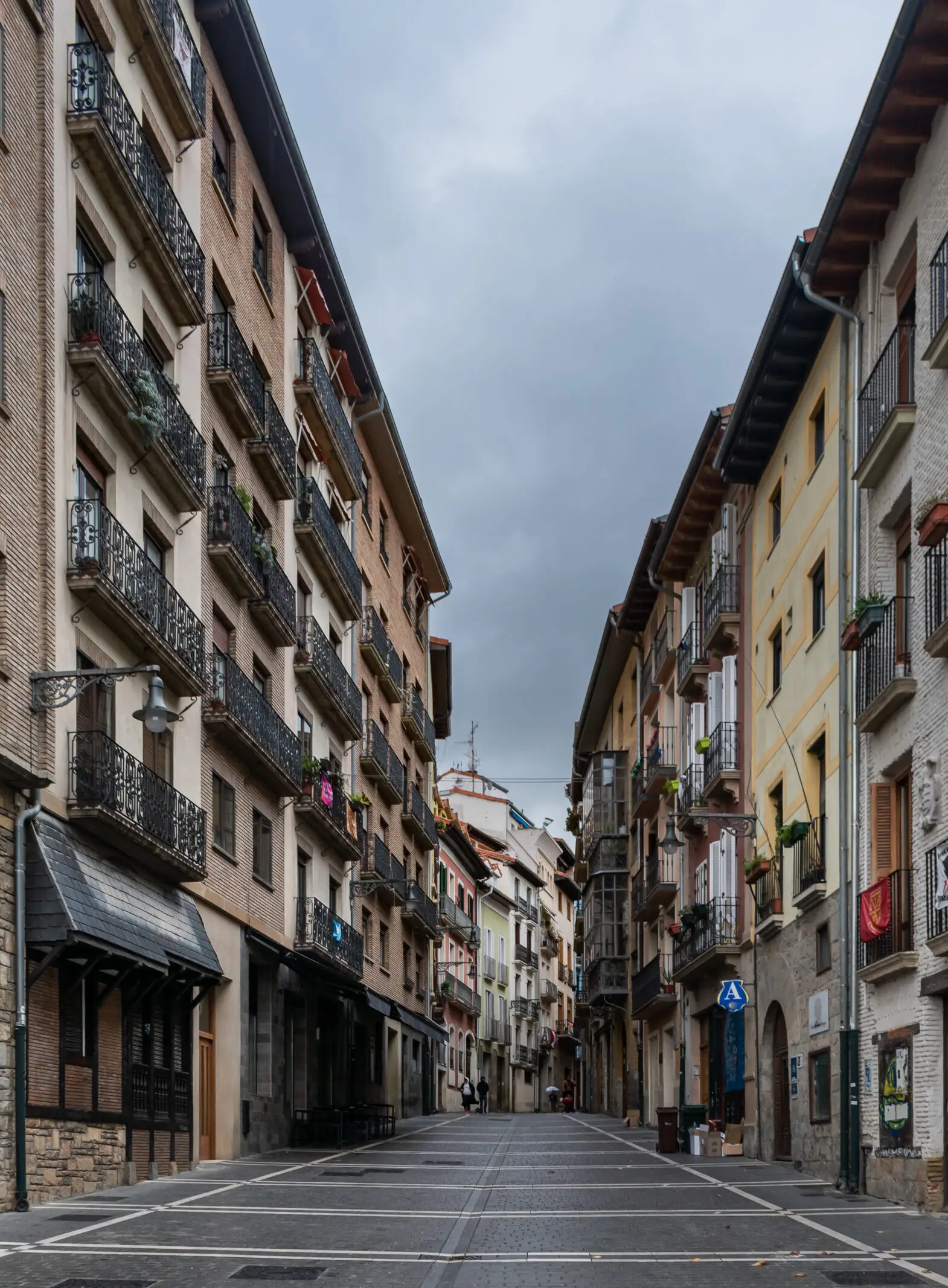
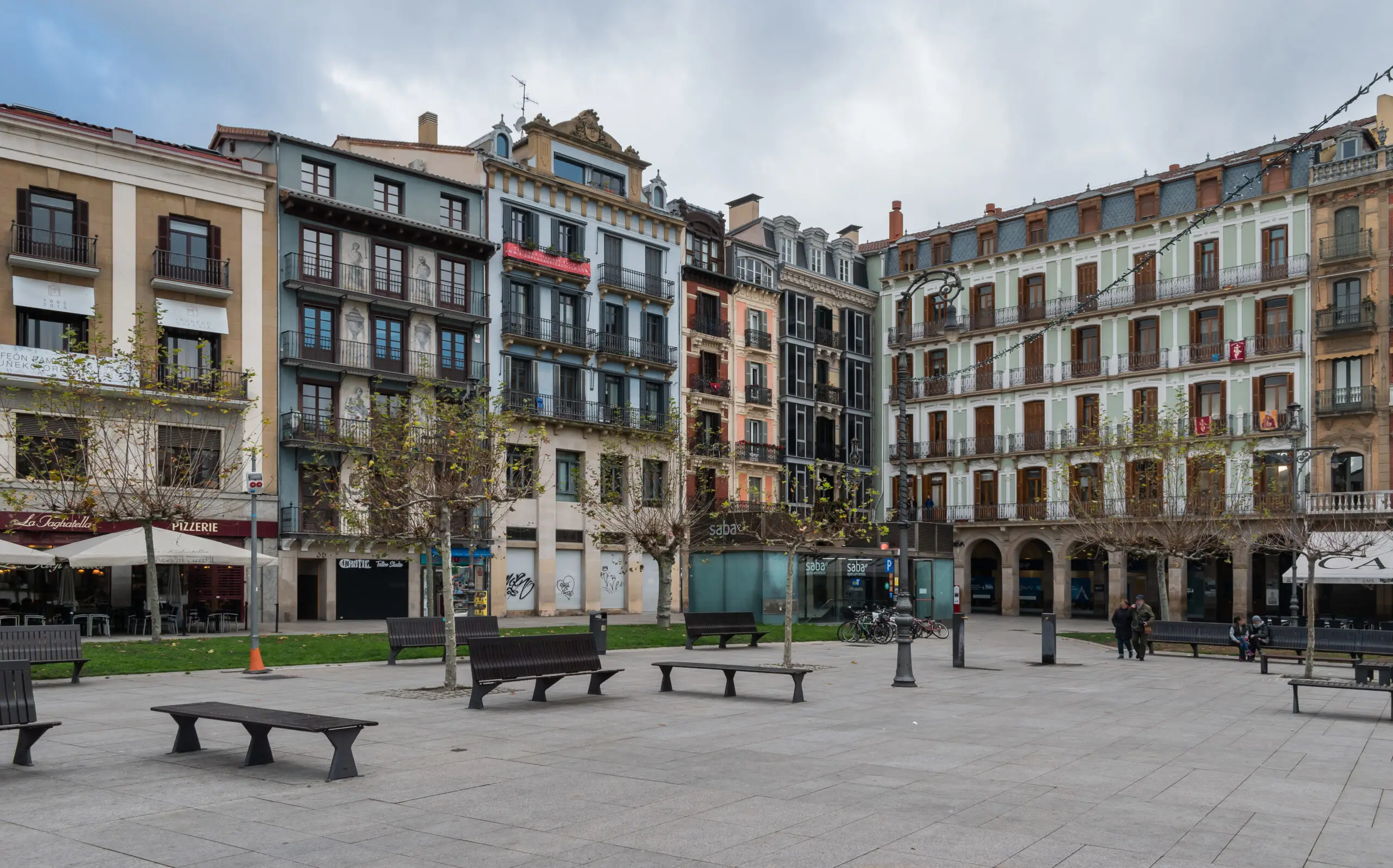
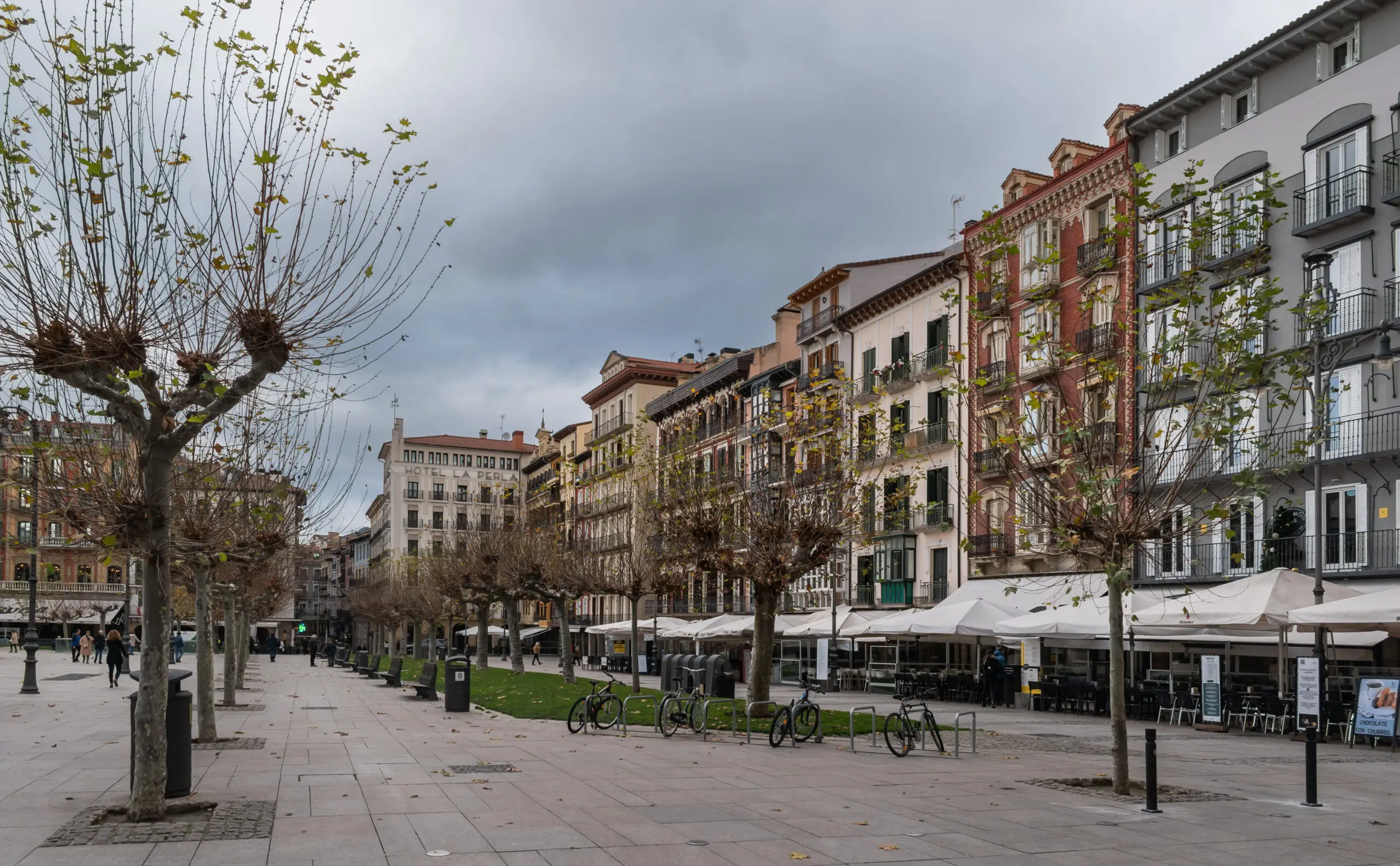
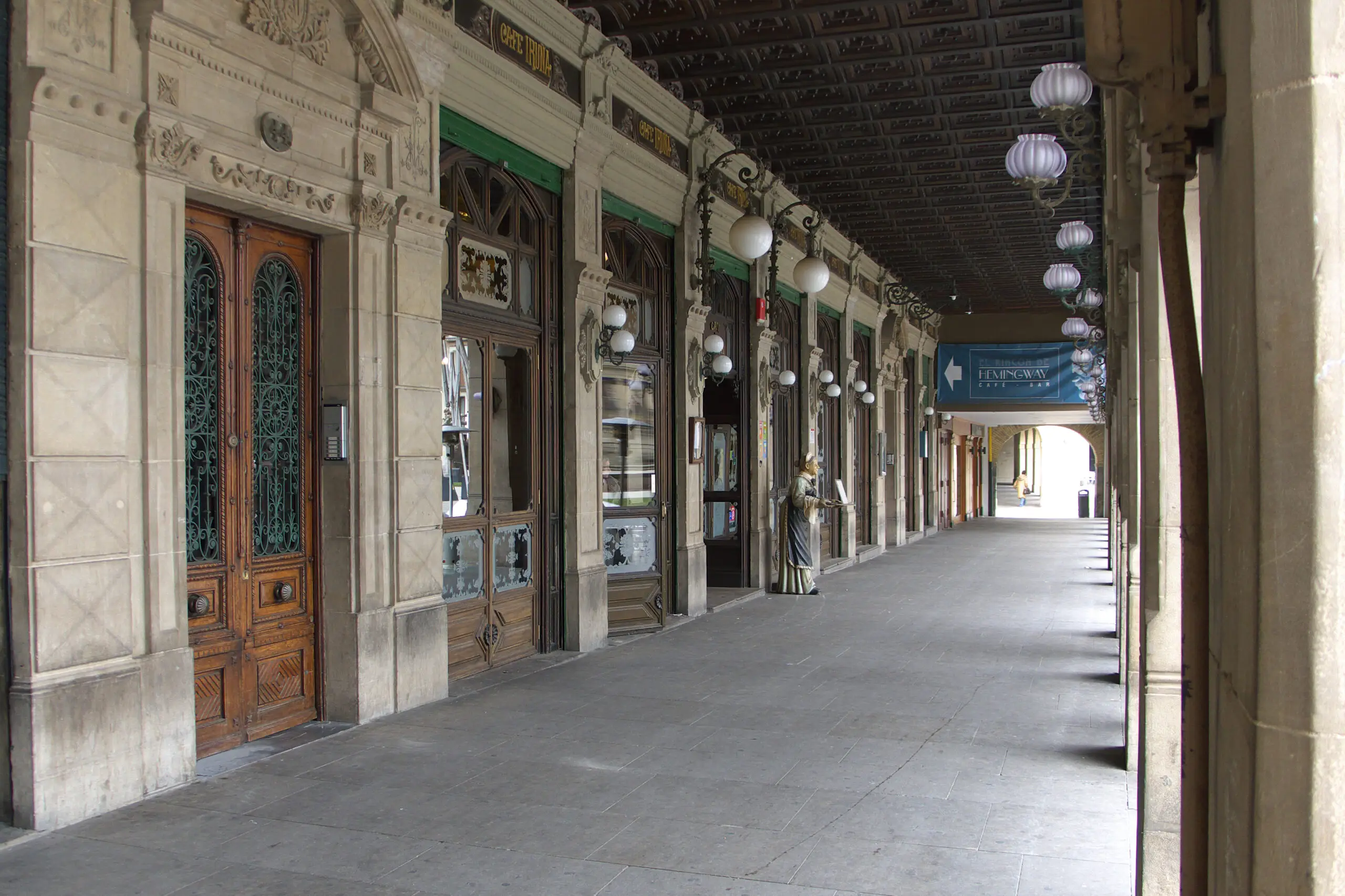

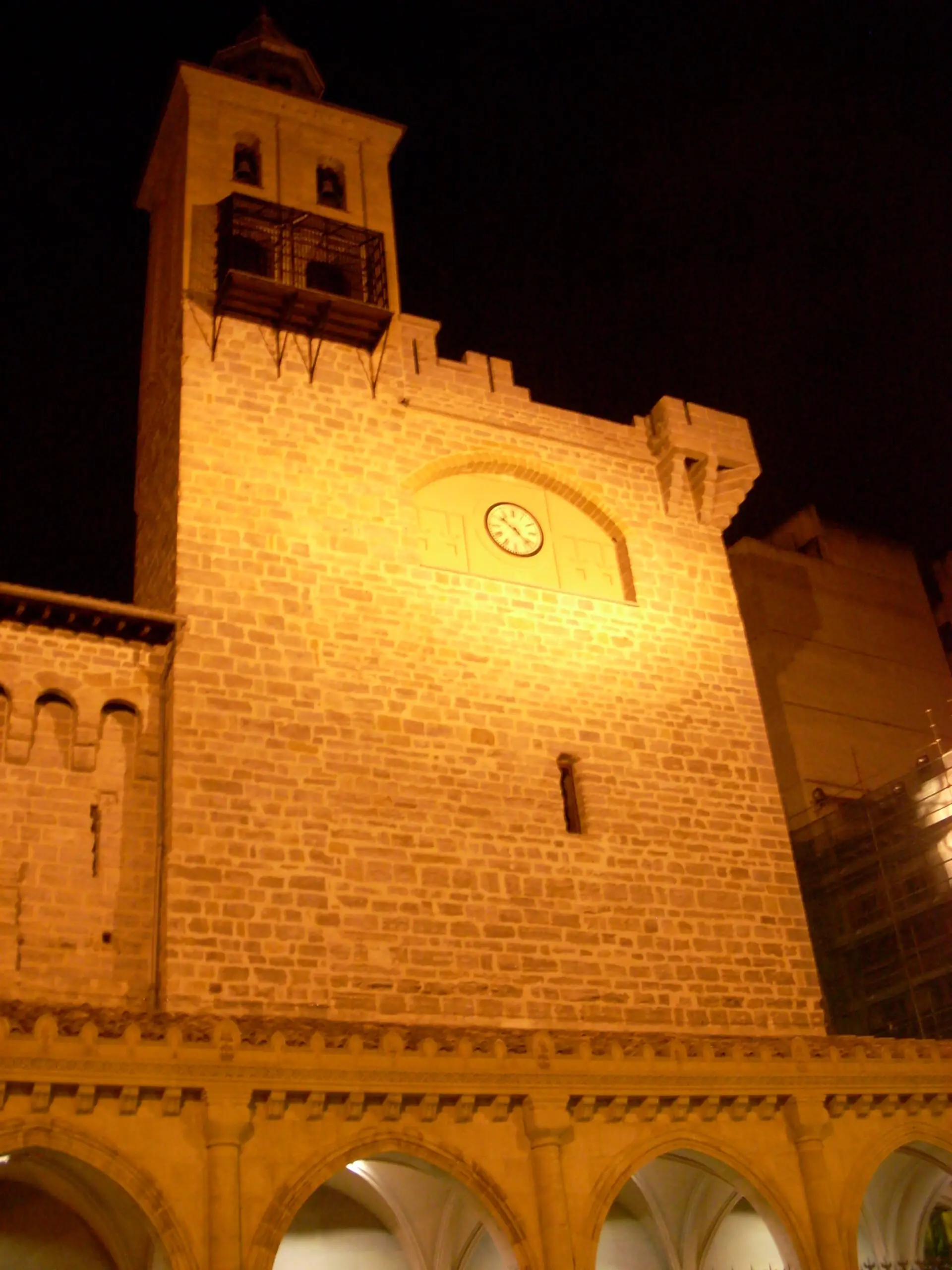
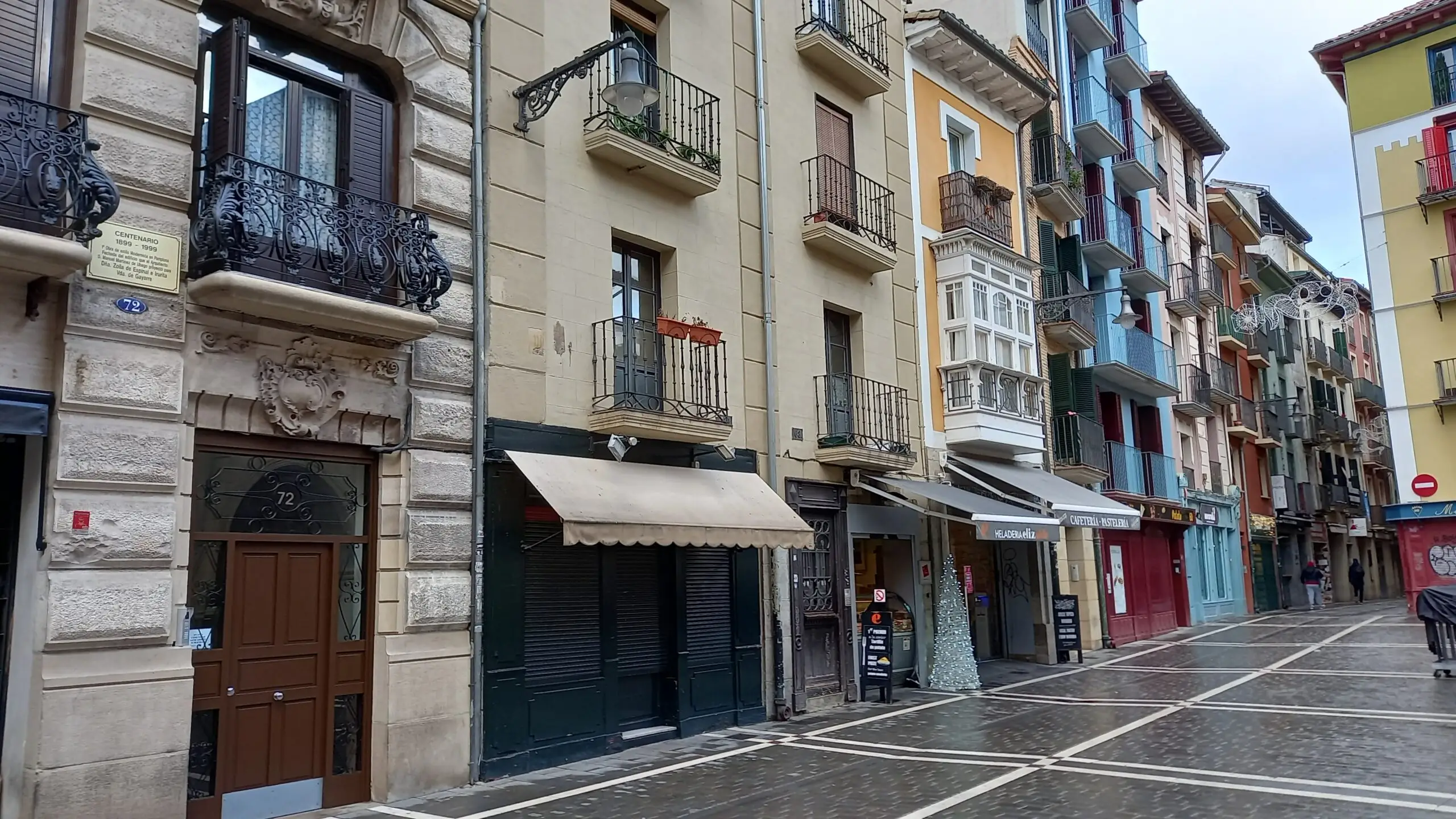
Posted on November 4, 2025



